Olympus, LS-P4
Rated 4.33 out of 5 based on 3 customer ratings
$100.99
The Olympus LS-P4 audio recorder captures crystal-clear sound and boasts an impressive set of features for professional-grade recordings every time.
Description
The Olympus LS-P4 is a compact and portable audio recorder that is perfect for anyone who needs high-quality audio recordings on the go. Whether you are a musician, journalist, or podcaster, this recorder is an excellent tool for capturing audio in a variety of situations.
One of the standout features of the LS-P4 is its high-quality microphone system. The recorder features three microphones: two directional microphones and one omni-directional microphone. These microphones work together to capture clear and detailed audio, even in challenging environments.
The LS-P4 also has several recording modes that allow you to customize the settings to fit your needs. The standard mode is great for recording meetings or lectures, while the music mode is designed for recording live music performances. There is also a high-quality mode that delivers a higher sampling rate and bit depth for even clearer audio.
One of the most impressive features of the LS-P4 is its ability to reduce noise and enhance audio. The recorder features a noise-cancellation mode that filters out unwanted background noise, as well as a voice filter that enhances speech clarity. This means you can capture audio even in noisy environments, and still get high-quality recordings.
The LS-P4 is also easy to use, with a simple interface and intuitive controls. You can easily navigate through the settings and adjust the recording mode and settings as needed. The recorder also has built-in Bluetooth, so you can easily transfer files to your smartphone or computer.
Overall, the Olympus LS-P4 is an excellent audio recorder that delivers high-quality audio and versatile recording options. Whether you are a professional musician, journalist, or simply need to capture audio for personal use, this recorder is an excellent choice.
Dictaphone, Built-in Microphone, FLAC, MP3, WAV, PCM Microphone: Built-in Microphone Weight: 75 g
Olympus, LS-P4 properties
| Product name |
LS-P4 |
| Type |
Dictaphone |
| USB Input |
1 |
| Memory Card Reader |
Micro SD (Secure Digital) |
| Colour |
Black |
| Power Supply |
Battery |
| Battery Time |
39 h |
| Battery Format |
AAA |
| Battery Amount |
1 |
| Microphone |
Built-in Microphone |
| Amount of Microphones |
3 |
| Frequency Range Microphone Min |
20.0 |
| Frequency Range Microphone Max |
20000.0 |
| Recording Format |
FLAC, MP3, PCM, WAV |
| Recording Resolution |
24 bit/96 Khz |
| Supported Audio Formats |
MP3, PCM |
| Height |
108.9 mm |
| Depth |
14.4 mm |
| Width |
39.8 mm |
| Weight |
75.0 g |
Frequently Asked Questions:
What are the recommended microphone options for recording audio with my LS-P4 recorder from Olympus?
The Olympus LS-P4 is a compact, portable digital recorder that can capture high quality audio. To get the best results when using this device, it's important to choose a suitable microphone. Here are some recommended microphones options for recording audio with your LS-P4:
1. Olympus ME-52 and ME-53 Microphones: These are specifically designed for use with Olympus LS series recorders. The ME-52 is an omnidirectional condenser microphone that captures sound from all directions, while the ME-53 is a cardioid condenser microphone that picks up sounds primarily from the front. Both microphones offer excellent performance and are easy to attach to your recorder.
2. Rode SmartLav+: This is a lavalier (lapel) microphone designed for use with smartphones, cameras, and other devices. The SmartLav+ offers high-quality audio with its omnidirectional polar pattern and comes with a 6.5mm Kevlar® reinforced cable that can be connected to your LS-P4 using a TRS-to-TRRS adapter (such as the Rode SC3 or SC7).
3. Audio-Technica ATR3350: This is an affordable and versatile lavalier microphone that delivers clear, natural sound quality. The ATR3350 features a cardioid polar pattern and comes with a 6.25ft (1.9m) cable terminated in a TRS connector. To connect it to your LS-P4, you'll need a TRS-to-TRRS adapter like the Rode SC3 or SC7.
Remember that when choosing a microphone for your LS-P4, make sure it has a TRS (unbalanced) output as this is compatible with the recorder's input. You may also need an external power supply if your chosen microphone requires it.
What are the main features and controls on my Olympus LS-P4 audio recorder?
The Olympus LS-P4 is a compact, portable digital audio recorder that's perfect for capturing interviews, voice memos, sounds, and more. Here are some of its primary features and their controls:
1. Microphone: The built-in stereo microphones allow you to record high-quality audio directly into the device. The microphones are omnidirectional, which means they capture sound from all directions.
2. Power button: This switch turns your LS-P4 on and off. Hold it for about 3 seconds until the unit beeps twice to turn it on or off.
3. Recording/Playback button: Press this button while recording to pause and resume recording, or press it while playing back audio to stop playback. The LED light beside it will indicate whether you're recording (red) or playing (green).
4. Menu button: This takes you into the settings menu where you can adjust various options like audio format, input level, voice enhancement, low-cut filter, and more.
5. Function buttons: There are three function buttons labeled A, B, and C that allow you to quickly switch between different recording modes or customize them according to your needs. These functions include noise reduction, limiters, compression settings, and so on.
6. Volume Up/Down buttons: Use these to adjust the playback volume while listening through the built-in speaker or headphones connected via the 3.5mm audio jack.
7. Hold switch: This locks the controls to prevent accidental changes during recording or playback. Push it down and turn the unit upside down for a more secure locking mechanism.
8. Voice memo button: Press this when you want to start recording a voice memo immediately without going through the menu settings.
9. USB port: Use this to connect your LS-P4 to your computer or other devices to transfer files, charge the battery, and update firmware.
10. Battery door: Open this door to access the built-in rechargeable Li-ion battery. You can also use optional AA batteries if needed.
These are just some of the main features and controls on your Olympus LS-P4 audio recorder. Familiarize yourself with them, explore more options in the menu settings, and start recording high-quality audio today!
What is the recommended recording format for the LS-P4 when capturing high-quality audio recordings?
The recommended recording format for the Sony ICD-PX433 LS-P4 digital voice recorder when capturing high-quality audio recordings is to use the Linear PCM (WAV) format. This format provides uncompressed audio and maintains the highest possible quality of your recorded sound.
To change the recording format on the Sony ICD-PX433 LS-P4, follow these steps:
1. Press and hold the "Power" button to turn on the device.
2. Once the device is turned on, press and release the "Menu" button. You will see a menu appear on the display.
3. Navigate to the "Setup" option using the directional buttons and select it by pressing the "OK" button in the center of the navigation pad.
4. Scroll down to the "Recording Format" option and select it.
5. You will see two options: "Linear PCM (WAV)" and "MP3." Select "Linear PCM (WAV)" using the directional buttons and press the "OK" button to confirm your selection.
6. The device will now save recordings in the Linear PCM (WAV) format, which is ideal for capturing high-quality audio recordings.
How do I record my first audio with the Olympus LS-P4 recorder?
Recording your first audio with the Olympus LS-P4 recorder is quite simple. Follow these steps to ensure a successful recording experience:
1. Prepare the Recorder: Ensure that your Olympus LS-P4 recorder is fully charged before starting your recording session. You can do this by connecting it to a power source using the USB cable provided with the device or by using AA batteries (sold separately). Make sure you have an SD or SDHC card inserted into the recorder for storing your recordings.
2. Set up the Environment: Find a quiet place with minimal background noise to record your audio. This will help ensure clear and high-quality sound. If necessary, use a windscreen or external microphone for improved recording in windy conditions or for capturing better sound quality overall.
3. Press the Record Button: Press and hold down the large red record button located on the top of the device until the recording indicator light turns on. This will begin recording your audio.
4. Start Speaking: Once you see the recording indicator light, start speaking clearly into the microphone without shouting or getting too close. Keep a consistent distance and volume level throughout your recording session to maintain high-quality audio.
5. Ending the Recording: To stop recording, simply press and hold down the red record button again until the recording indicator light turns off. The recorder will save the current file, and you can review it on the device or transfer it to a computer for editing or sharing.
6. Review and Edit your Recording (Optional): After stopping the recording, you may want to listen to your audio and make any necessary edits using the built-in functions of the Olympus LS-P4 recorder or a dedicated audio editing software on your computer. This can help improve the overall quality of your recording and ensure accurate transcriptions if needed.
7. Save and Backup your Recordings: Make sure to regularly save your recordings to another storage device, such as an external hard drive, USB flash drive, or cloud-based service, for safekeeping and easy accessibility. This will help prevent potential data loss in case the SD card is damaged, lost, or stolen.
Before you buy Olympus, LS-P4


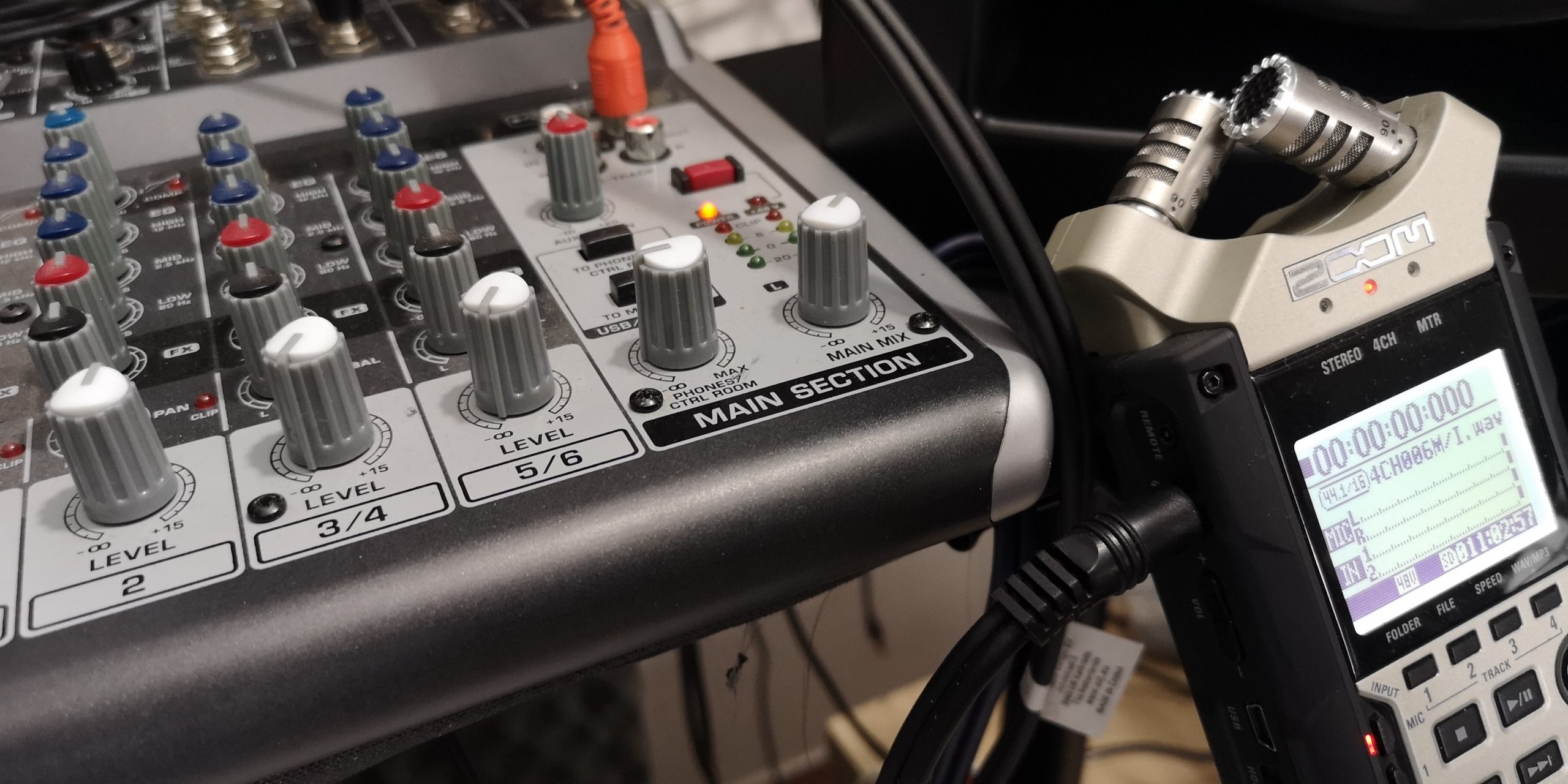

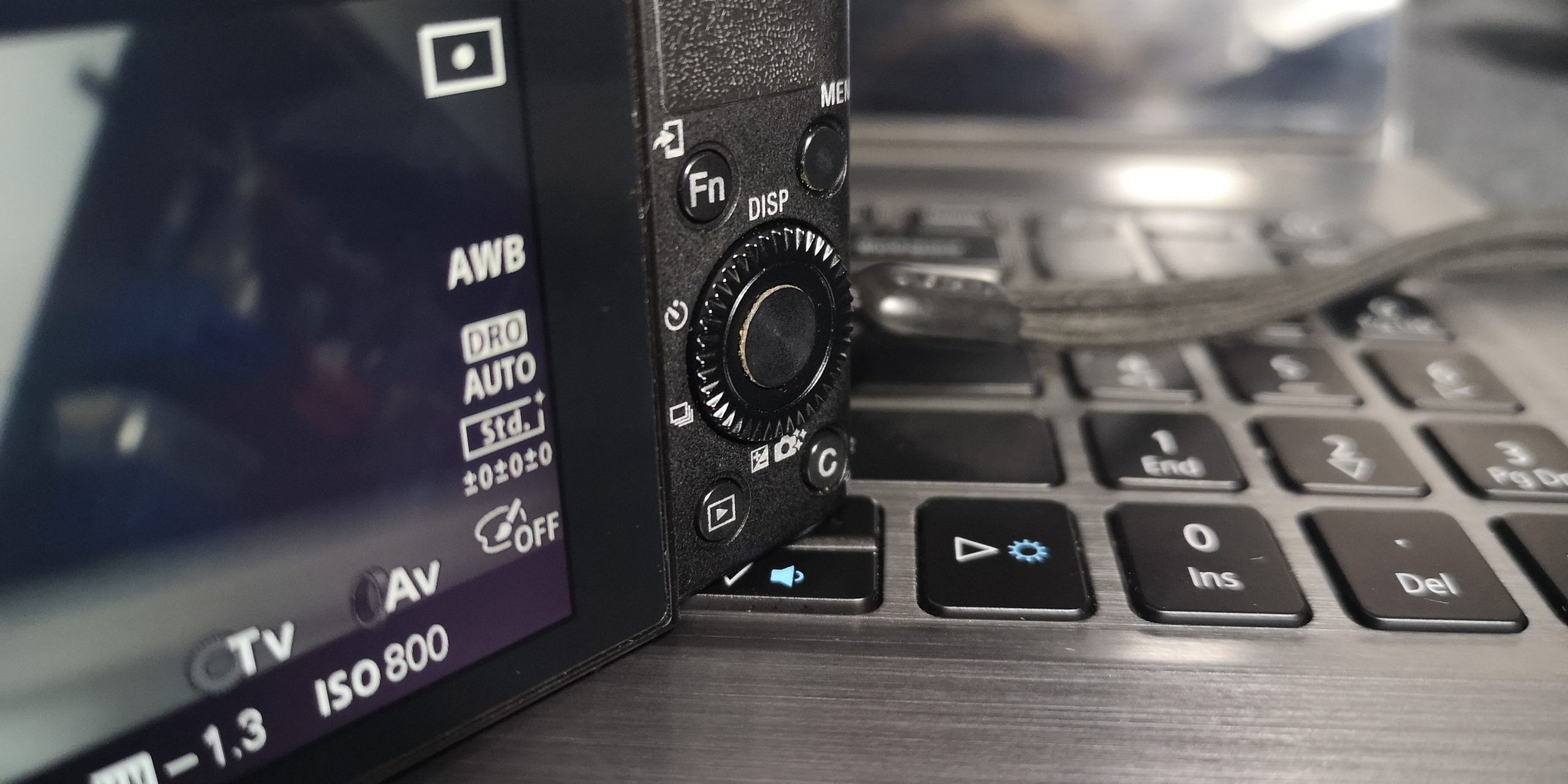
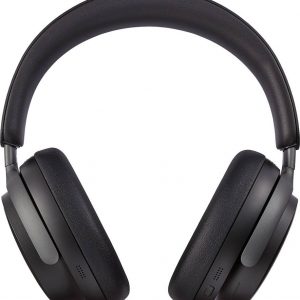
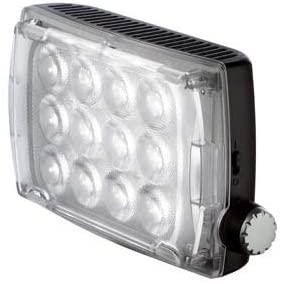
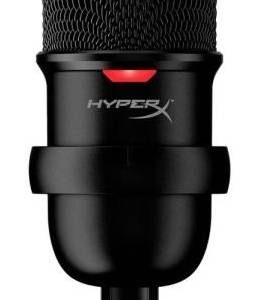
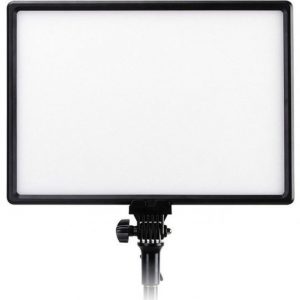
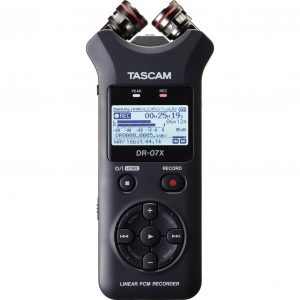
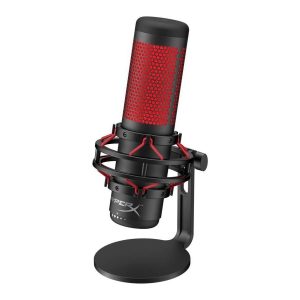
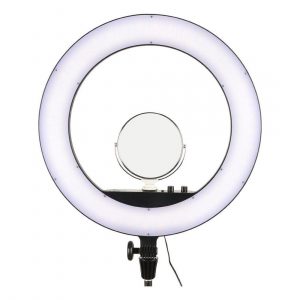
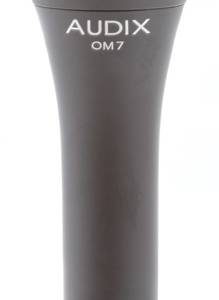
bards –
I use it during our band’s musical rehearsals and concerts. It works great. I appreciate it for its small size and intuitive operation. Large internal memory. The metal housing gives a sense of durability.
Even John – our sound technician was delighted although he is usually skeptical about small portable audio equipment. Usually, he thinks that good equipment must weigh its own.
Zion Vaughan –
I recently purchased the Olympus LS-P4 Audio Recorder in March, and I must say, it has exceeded my expectations. As a stock clerk, I often need to record important business meetings, and this recorder has made my job much easier.
Firstly, the LS-P4 is incredibly slim, with a depth of only 14.4mm, making it a breeze to carry around in my pocket. I appreciate this feature as it saves me from having to lug around a bulky recorder.
The sound quality of this recorder is fantastic, especially when using the FLAC Recording Format. The clarity of the recordings is remarkable and helps to capture every important detail. In comparison to other audio recorders, I find the LS-P4 to be more precise and accurate in capturing audio.
When it comes to delivery, I was happy to receive my recorder promptly and without any issues. Being located in Riverside, it can be a bit challenging to get certain items delivered, but with this purchase, the delivery was seamless, and I am glad to have received it on time.
Overall, I would highly recommend the Olympus LS-P4 Audio Recorder to anyone who is looking for a slim, high-quality recording device. It’s reliable, efficient, and definitely worth its price. I give it a rating of 4 out of 5!
Talia Hinton –
The weight of the world can be crushing at times. Just yesterday, I saw the news about the mother who stabbed her own child to death. It’s a heart-wrenching story that leaves me wondering how someone could do such a thing. The pain and suffering of that family will stay with them forever.
But, let’s move on to something more uplifting – my son Kyler’s new audio recorder. I know it sounds strange, but I bought it for him as a gift. He’s 29 years old now, and he’s always been fascinated by music and recording. I remember when I was his age, listening to the radio with my father and trying to record songs off the airwaves using a makeshift setup. Times have changed, and technology has advanced so much.
Speaking of which, let me tell you about this amazing audio recorder that I bought for Kyler. It’s a high-quality device that can capture crystal-clear sound with ease. The product name is not as important as its features – the ability to record in stereo, with excellent noise reduction and a compact design make it perfect for anyone who wants to capture life’s moments.
But what really stands out about this device is its user-friendly interface. My son was able to set it up and start recording within minutes of taking it out of the box. The customer advisor at Olympus was incredibly helpful, even going so far as to offer me a free accessories package when I mentioned that my son was interested in using the recorder for music production.
I have to say, I’m a bit jealous – I’ve always wanted to be able to record high-quality audio on the go. Alas, I’ll just have to stick to my trusty old cassette player and hope that no one notices how out of touch I am with modern technology.
But enough about me – let’s talk about this amazing device. The LS-P4 is a game-changer for anyone who wants to capture life’s moments in high definition. Whether you’re a musician, a podcaster, or just someone who loves to record family gatherings, this device has something to offer.
So, if you’re in the market for a new audio recorder and want one that will stand out from the crowd, look no further than this incredible device. And remember – when it comes to buying online, always do your research and read reviews from other customers before making a purchase.
As I sit here writing this review, I’m reminded of the economic situation in Conway. It’s not looking good – with rising inflation rates and stagnant wages, many people are struggling to make ends meet. But, as we all know, there’s always hope for a brighter future ahead.
So, if you’re one of those people who’s feeling overwhelmed by the state of the economy, just remember that there’s still beauty in the world – like this amazing audio recorder that I bought for my son Kyler. And who knows? Maybe one day we’ll look back on these difficult times and laugh about how we managed to survive.
In any case, I hope you’ve enjoyed reading this review as much as I have writing it. If you have any questions or comments, please don’t hesitate to reach out. And if you’re in the market for a new audio recorder, I highly recommend checking out this incredible device – it’s sure to change your experience.
Oh, and one more thing – I love crispy cod and roasted corn on the cob. It’s my favorite comfort food, and it never fails to put a smile on my face. Maybe I’ll write a review about that sometime too…